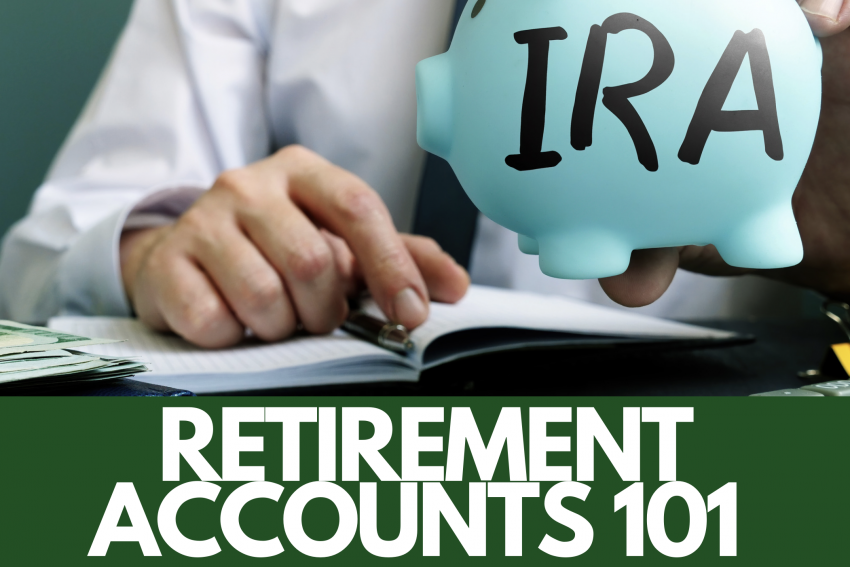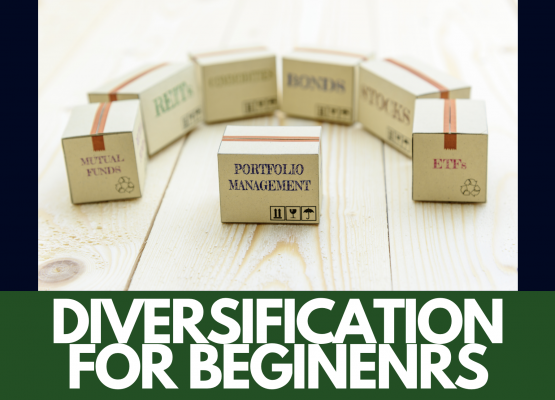When it comes to planning for retirement, an important decision you will make includes choosing the right retirement accounts. With several options available, it can feel overwhelming to decipher which one is best suited for your financial situation and retirement goals. Whether you’re just starting your career or eyeing the retirement horizon, understanding the nuances of each retirement account is key to maximizing your savings and ensuring a comfortable retirement. Let’s break down the most popular retirement accounts to help you make an informed decision.
Traditional IRA: The Flexible Starter
A Traditional Individual Retirement Account (IRA) is often the first venture into retirement savings for many individuals. Its chief appeal lies in its tax-deductible contributions. Essentially, the money you put into a Traditional IRA can reduce your taxable income for the year, potentially placing you in a lower tax bracket. The funds grow tax-deferred until withdrawal, typically at retirement, when they are taxed at your current income tax rate.
This account is particularly beneficial if you anticipate being in a lower tax bracket during retirement compared to your working years. The flexibility to contribute at any age, as long as you have earned income, coupled with a wide range of investment options, makes Traditional IRAs a solid choice for many savers.
Roth IRA: Pay Now, Save Later
The Roth IRA flips the tax situation of the Traditional IRA. Contributions are made with after-tax dollars, meaning you don’t get a tax deduction when you contribute. However, the magic happens at withdrawal: both your contributions and earnings are tax-free, as long as you’re 59 ½ or older and have held the account for at least five years.
This account is ideal if you believe your tax rate will be higher in retirement than it is now. The Roth IRA also offers flexibility with no required minimum distributions (RMDs) in your lifetime, allowing your savings to continue growing tax-free as long as you live. This feature makes it a favorite for those planning a long-term growth strategy or considering estate planning benefits.
401(k): The Employer-Enhanced Option
Many employers offer a 401(k) plan, a retirement savings plan that allows employees to save and invest a portion of their paycheck before taxes are taken out. Contributions reduce your taxable income, and like the Traditional IRA, taxes on earnings are deferred until withdrawal.
One of the biggest advantages of a 401(k) is the potential for employer matching. Many employers will match your contributions up to a certain percentage, essentially offering free money towards your retirement savings. If your employer offers a match, ensure you contribute at least enough to take full advantage of this benefit.
Some employers now offer a Roth 401(k) option, combining the features of a Roth IRA and a traditional 401(k), where you make contributions with after-tax dollars and withdrawals in retirement are tax-free.
SEP IRA: The Self-Employed Solution
The Simplified Employee Pension (SEP) is designed for self-employed individuals or small business owners. It allows for significantly higher contribution limits compared to Traditional and Roth IRAs. For 2023, the contribution limit is the lesser of 25% of compensation or $61,000.
Contributions to a SEP IRA are tax-deductible, reducing your taxable income in the contribution year. This account is particularly attractive for those with high earnings seeking to save a substantial amount for retirement while enjoying a tax break.
Choosing the Right Account for You
Selecting the best retirement account depends on several factors, including your current tax bracket, anticipated future tax rate, investment goals, and whether you have access to an employer-sponsored plan with matching contributions.
- Consider Your Current and Future Tax Situation: If you expect to be in a lower tax bracket in retirement, Traditional IRAs and 401(k)s offer immediate tax benefits. If you anticipate higher taxes during retirement, Roth options provide tax-free growth and withdrawals.
- Evaluate Employer Matching: If you have access to a 401(k) with employer matching, prioritize contributing enough to capture the full match before investing in other accounts.
- Diversify Your Tax Exposure: Diversifying across different account types (tax-deferred and tax-free) can provide flexibility in managing taxes in retirement.
- Think About Contribution Limits and Flexibility: Roth IRAs have income limits, and Traditional IRAs limit the deductibility of contributions if you or your spouse have access to a workplace retirement plan. If you’re self-employed or a small business owner, SEP IRAs offer higher contribution limits.
Conclusion
Choosing the right retirement account is an important step in securing your financial future. By understanding the different features of each type of retirement account, you can strategize your contributions to benefit from tax advantages, employer matches, and investment growth. Remember, the best choice is one that aligns with your financial situation, tax considerations, and retirement goals. As always, consider consulting with a financial advisor to tailor a retirement strategy that’s perfect for you. Start early, invest wisely, and watch your retirement savings grow. Your future self will thank you.





jahlayah ginting
Colter Smith